The “Black Cutworm Adult Pheromone Trap Report,” below, features moth captures that are mostly low, with a few surprises.
6 articles tagged "moth".
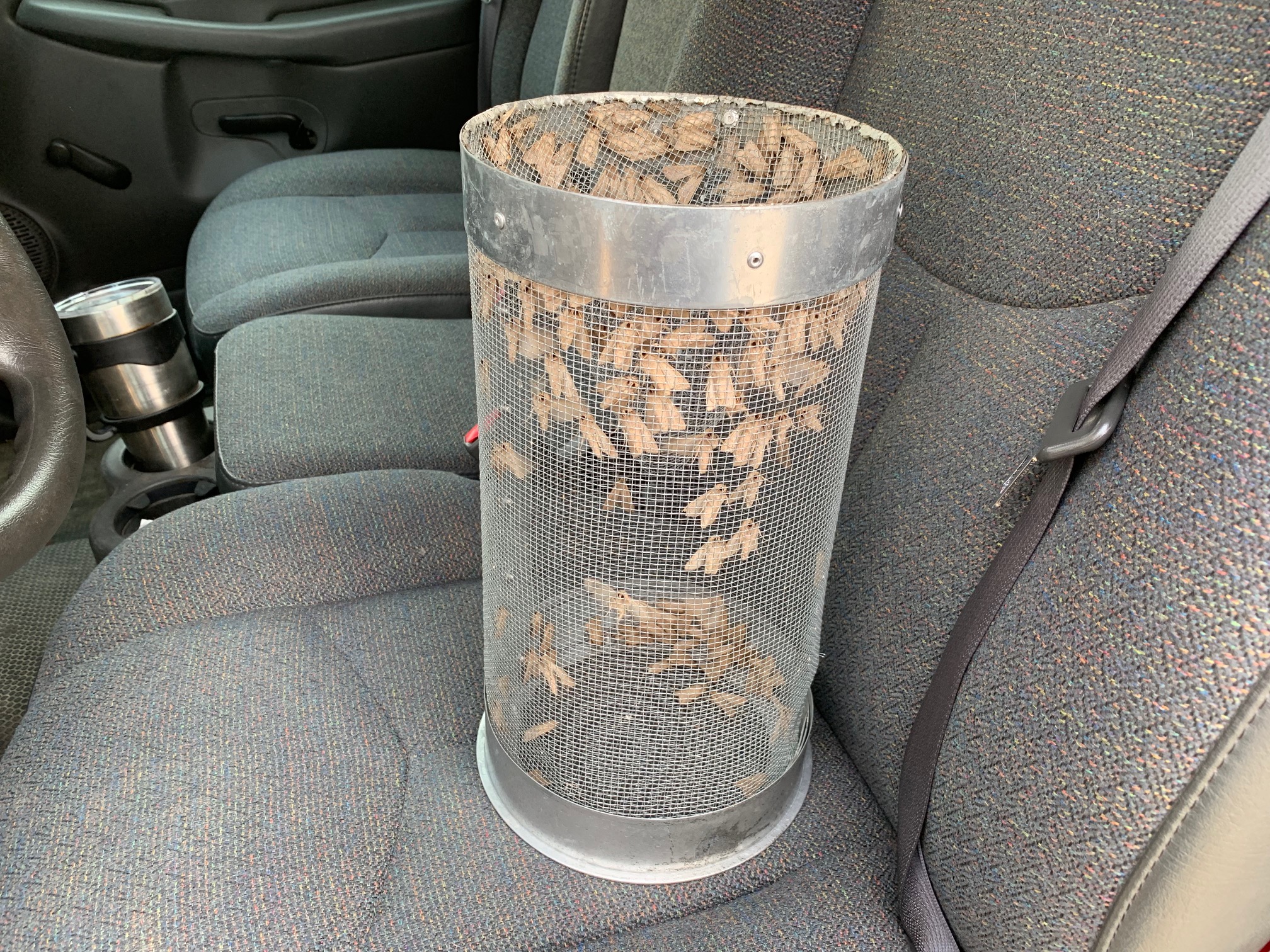
In looking over the black cutworm and armyworm pheromone reports, it is obvious that many moths have arrived into Indiana. This, coupled with a delayed planting season, increases the likelihood that high-risk fields may experience damage.
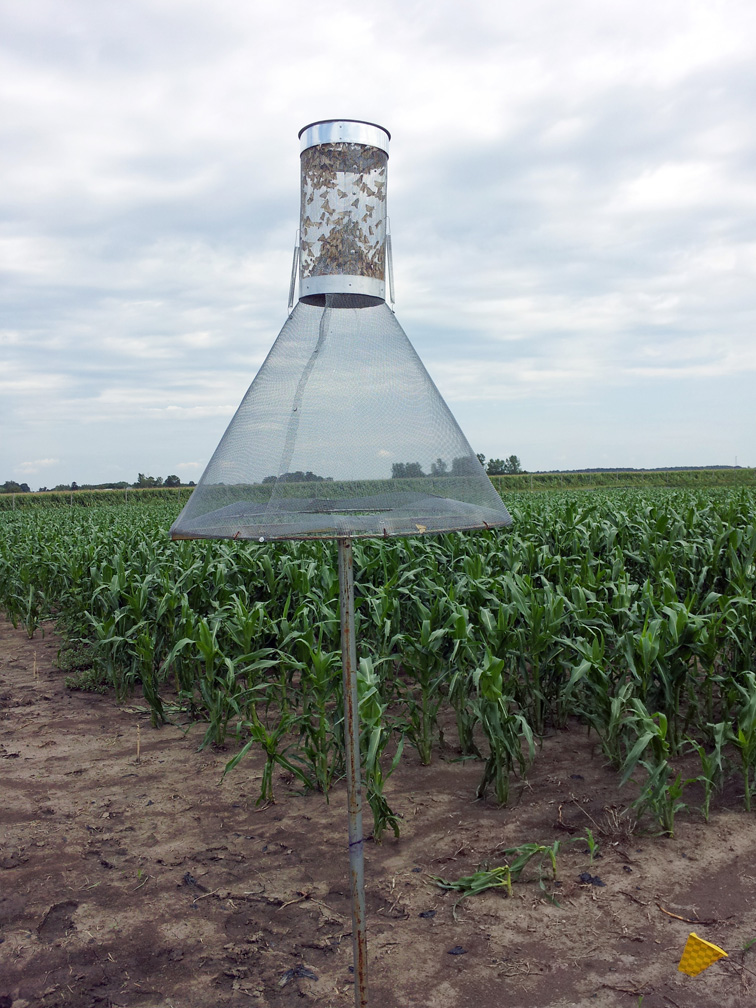
Corn earworm moth numbers have been relatively low this season until recently, as numbers have exploded in pheromone traps.
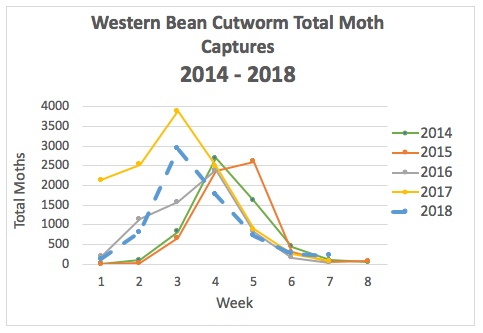
For reasons that are unclear – but likely related to two seasons of increased monitoring and spraying – the western bean cutworm damage is far lower than the past two seasons.
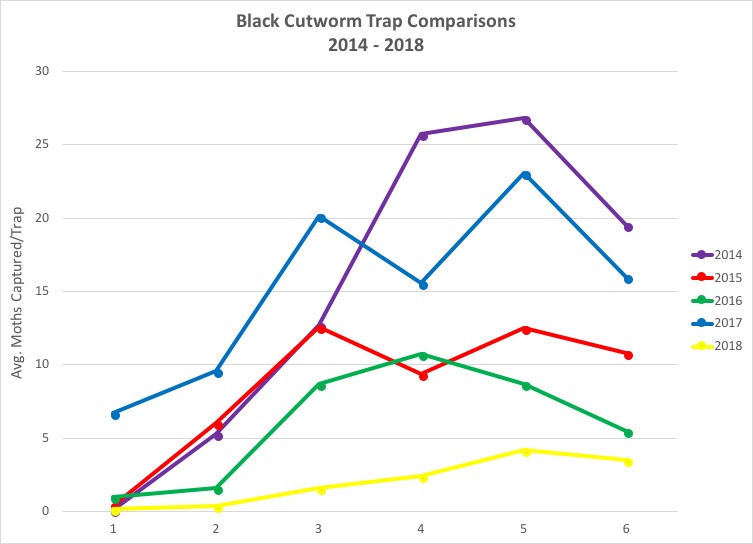
Black cutworm pheromone trap cooperators have faithfully reported their week’s catches, but most haven’t been numerically challenged.
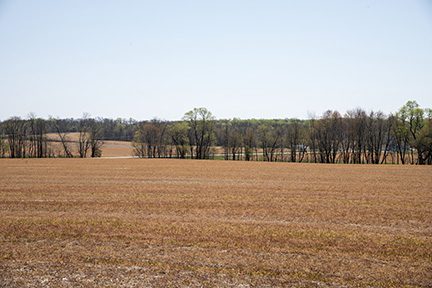
Over the past few weeks armyworm moths have been captured in abundance in some of the traps placed at Purdue Ag Research Centers (see accompanying “Armyworm Pheromone Trap Report”).


